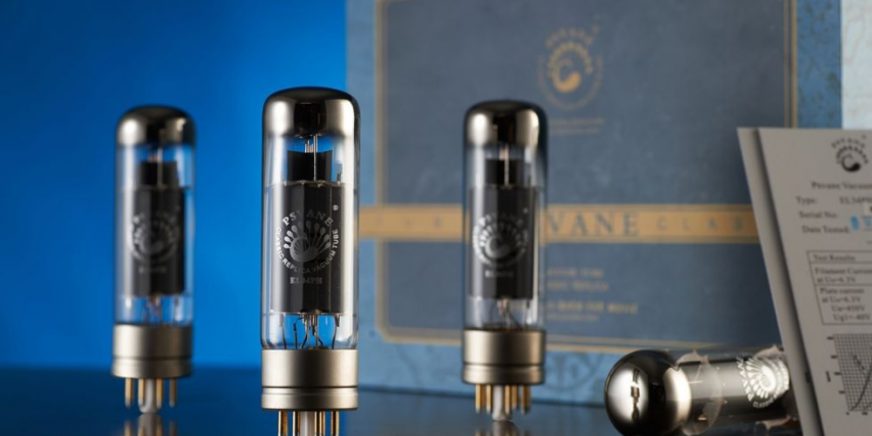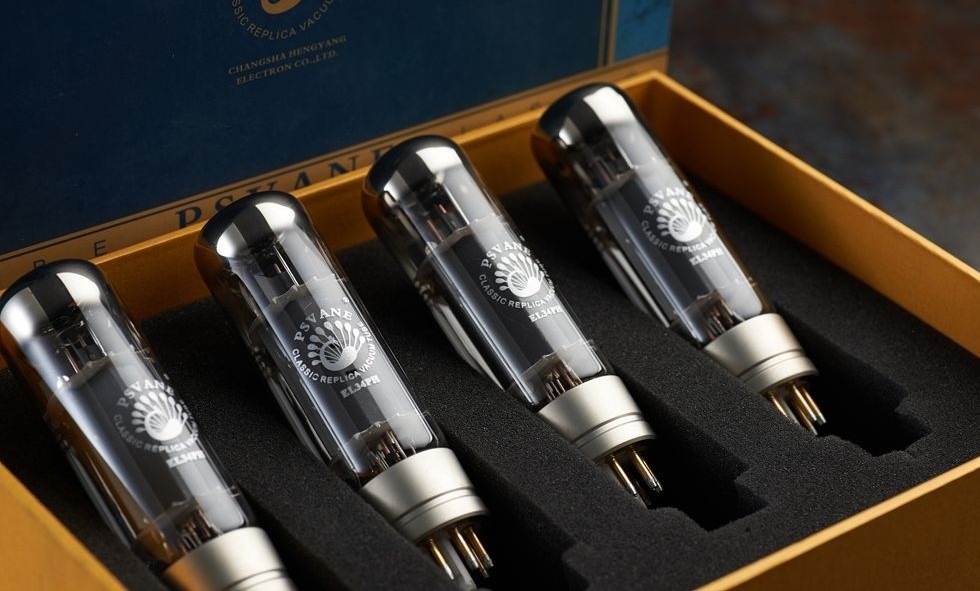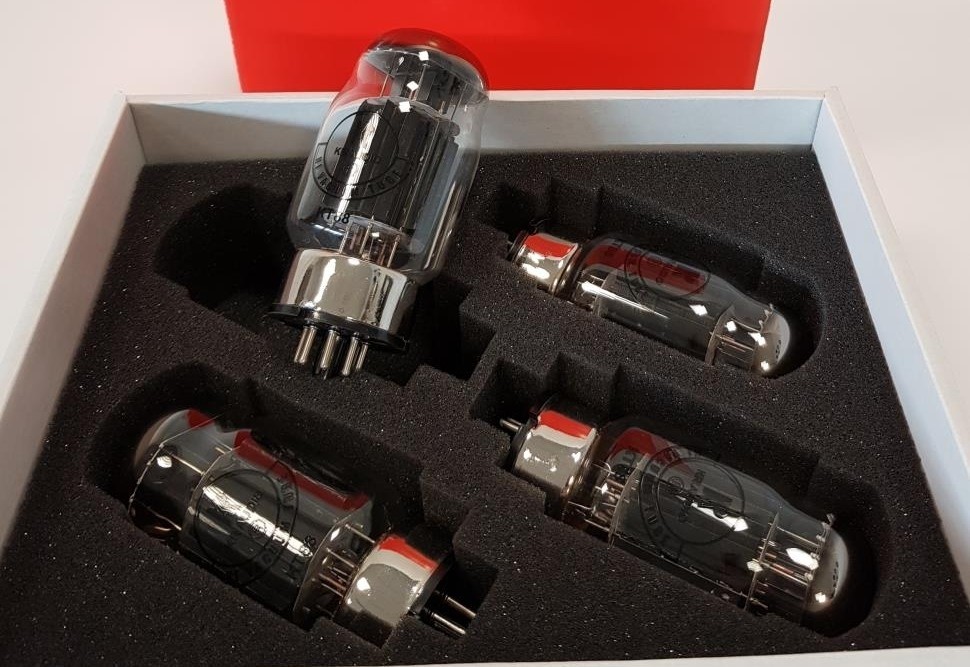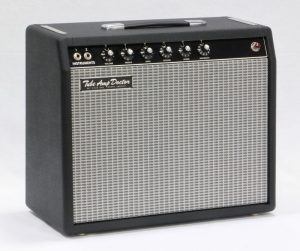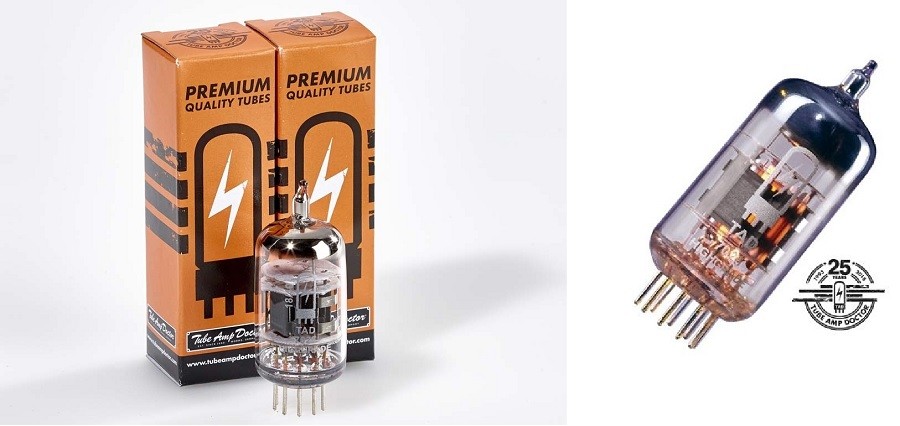At some point in the life of a tube amplifier, the day comes when the first tube change is due. New tube amplifier fans in particular will then have to deal with a wide variety of facts and terminology related to electron tubes. Users will have already spent many hours researching how to choose the correct tube type and different sound characteristics. As well as single tubes, whole vacuum tube sets are also offered, many of which consist of so-called matched tubes.
Technical basics to understand matching
To be able to explain the benefit of matched amplifier tubes, we first have to deal with the technical basis – we’ll try to describe the complex technical relationships clearly and succinctly.
Bias – quiescent current
When we talk about “matched tubes”, as a rule, this is mainly aimed at the so-called quiescent current. This quantity, called bias, describes the amount of current which is passed through the amplifier tubes when they’re underutilised. This size should especially be noted with power amplifier tubes, because preamp tubes are significantly less susceptible to these fluctuations and can usually be exchanged easily and without any problems. Although tube manufacturers try to build their vacuum tubes as similarly as possible, there are deviations in parts that work analogously, such as vacuum tubes. These deviations can be serious, especially with the quiescent current or bias.
Setting the bias on the amplifier
Since it’s difficult to find two vacuum tubes which have the exact same quiescent current value, most amplifiers have the option of adjusting the bias value. As a result, the current flowing through the amplifier tube is adjusted. The correct setting of the current ensures that the electron tubes respond directly and transmit the signal cleanly. If the quiescent current isn’t set correctly, annoying humming noises, distorted sound output or other disturbing influences will occur. To rule out these annoying factors, amp manufacturers work with different methods:
-
- Autobias automatically supplies the amp with the correct quiescent current and allows the calibration of the amplifier tubes to be done quickly and easily by hand.
- Fixed bias is present in amplifiers which don’t allow the bias to be set. Here it’s important to know the correct values and to hit them as accurately as possible to get a good, clear sound. If the values are not known, the bias must be adjusted using a trimming potentiometer that may be present or by swapping fixed resistors in the power pack.
Fixed bias describes the regular operation in the typical Class-AB push-pull operation. The amplifier applies the quiescent current to all vacuum tubes in the same way, and this has to be set and adjusted when changing the tube.
Degree of amplification
The degree of amplification refers to the behaviour of the vacuum tubes under load and answers the question about how the tube behaves when the amplifier is played.Similar to the quiescent current, there are also huge deviations in the degree of amplification. Simply put, this means that the electron tubes work differently under load and so they become saturated at different “times” or powers. If the levels of amplification (also called the transconductance) of the individual power amp tubes don’t match each other, this results in an uneven, unbalanced sound – the amp lags behind its capabilities.
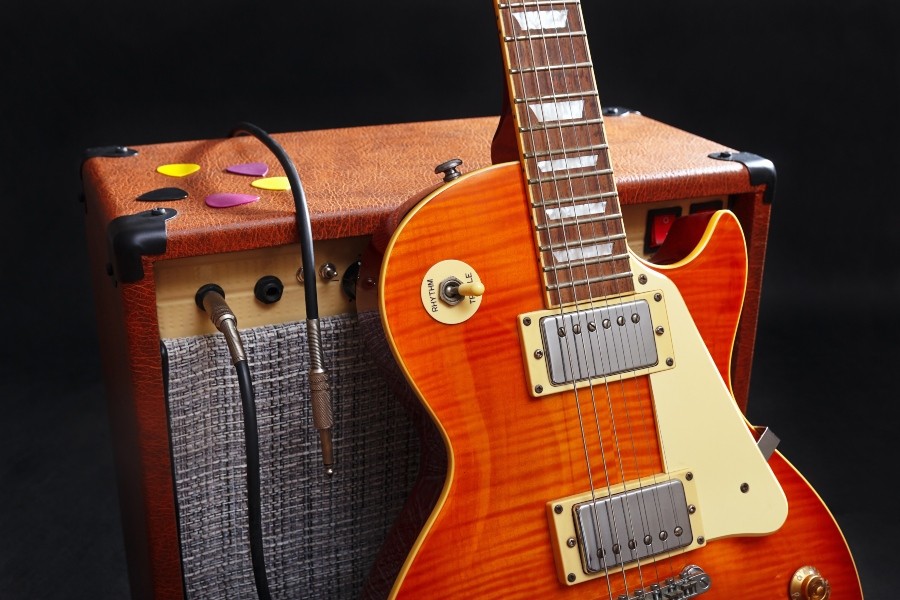
How are tubes matched?
In order to match the quiescent current and the degree of amplification, the power amplifier tubes have to be tested individually. This is done in different ways – each with their advantages and disadvantages:
New measurements
When measuring the values using a measuring device, brand-new vacuum tubes are connected to a corresponding socket and supplied with power. The measured resistances or current throughputs are written down and the power amp tubes are selected. This method has the advantage that it can be done very quickly and inexpensively. The measurement of the data is easy to read and the vacuum tubes can be easily combined into matching sets and then, not entirely accurately, they’re referred to as “matched”.The disadvantage of this “fast food variant” is that electron tubes are constantly changing during their lifetime and the measured values can vary greatly, especially in the first 10-20 hours of operation. So measuring a brand-new tube isn’t as informative as measuring a tube which has been in operation for longer.
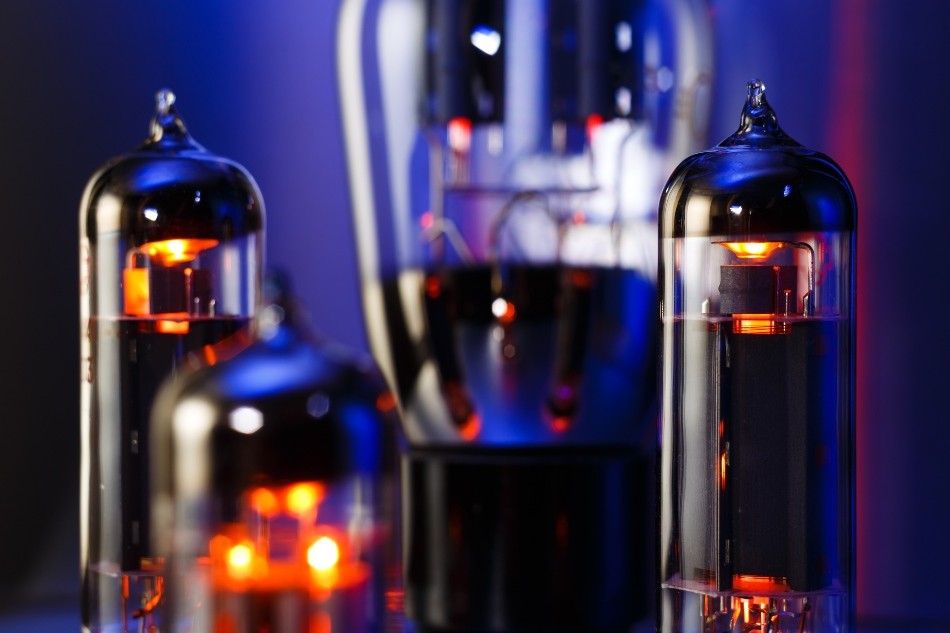
Burn-in and pre-ageing measurement
So, to avoid having any major deviations in the measurement results even after a longer operating time, carefully matched tubes are “burnt in” or pre-aged. In this case, the new power amplifier tubes are operated for a few hours first and only measured after a certain time. As a result of the burning-in process, the variable metal parts of the vacuum tubes are expanded and brought to “operating function”. After the burn-in phase, the values of the quiescent current and the degree of amplification no longer change significantly and the vacuum tubes can now be selected for suitable sets.
NN-Matching:
With so-called NN matching, which is often used by manufacturers (OEMs), the tubes are only selected according to the quiescent current; the maximum difference may be max. 2.9 mA. A measurement of the slope (transconductance) does not take place here. This is sufficient for many applications and is cheaper.
Premium RT Matching:
Here, the quiescent current of the tubes is precisely matched and the slope of the tube is also measured. In addition, further characteristics are recorded in this train. The quiescent current (PC) and the transconductance (TC) as well as the batch and sort number are printed on both the packaging and the tube.
Advantage of matched vacuum tubes
After we’ve shown how vacuum tubes are matched and which factors are coordinated with each other, there’s still the question of what the advantage of matched tubes is.
Fast tube replacement for Class-AB amplifiers
Amplifier tubes age and have to be changed several times during the lifetime of an amplifier. To avoid having to carry out a complex adjustment of the bias at every tube change, the efficiencies of the old and new power amplifier tubes can be compared with each other in the case of matched vacuum tubes and the tubes can be easily exchanged if the values match. Especially with amps which are used a lot, this saves a lot of work!
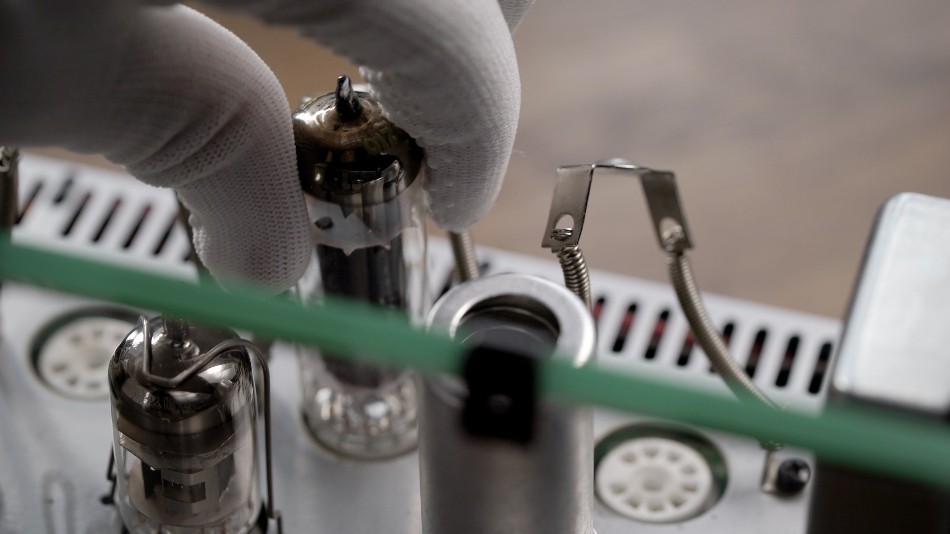
Sound
The quiescent current and the degree of amplification have a big influence on the tone of the respective tube devices. If the vacuum tubes aren’t matched to each other and the quiescent current isn’t correctly calibrated, the tone of the amplifier may not develop as desired. There may be a loud background hum, distorted sound reproductions or other annoying influences on the tone. Well-matched electron tubes work hand-in-hand, so to speak, and get the most out of the respective amplifier. The Tube Amp Doctor offers suitable tube sets for amps from:
- TAD Amp Kits
- Ampeg
- Blackstar
- Bogner
- Diezel
- Engl
- Fairman
- Fender
- H&K
- Laney
- Marshall
- Mesa Boogie
- Orange
- Peavey
- Vox
Matched tubes – conclusion
Electron tubes and tube devices age and need to be replaced. In order for them to develop in the best possible way, the amplifier has to be adapted to the tubes – the setting of the quiescent current or bias must be correct. If the nominal values of the vacuum tubes are identical, they work quietly and effectively side by side. The initial fluctuations in the measured values are compensated for by complex burn-in processes and meaningful selection is achieved. In short: matched tubes sound better, work more reliably and have been checked and selected by hand – a real premium product!
___________________________________________________________________________________________________________________________
Image sources:
Electric guitar leaning on amplifier : © Boris Bulychev – stock.adobe.com
Electronic tubes in operation (luminous): © simone_n – stock.adobe.com
Electronic tube is being removed: © kustvideo – stock.adobe.com
 Tubeampdoctor Magazin
Tubeampdoctor Magazin
